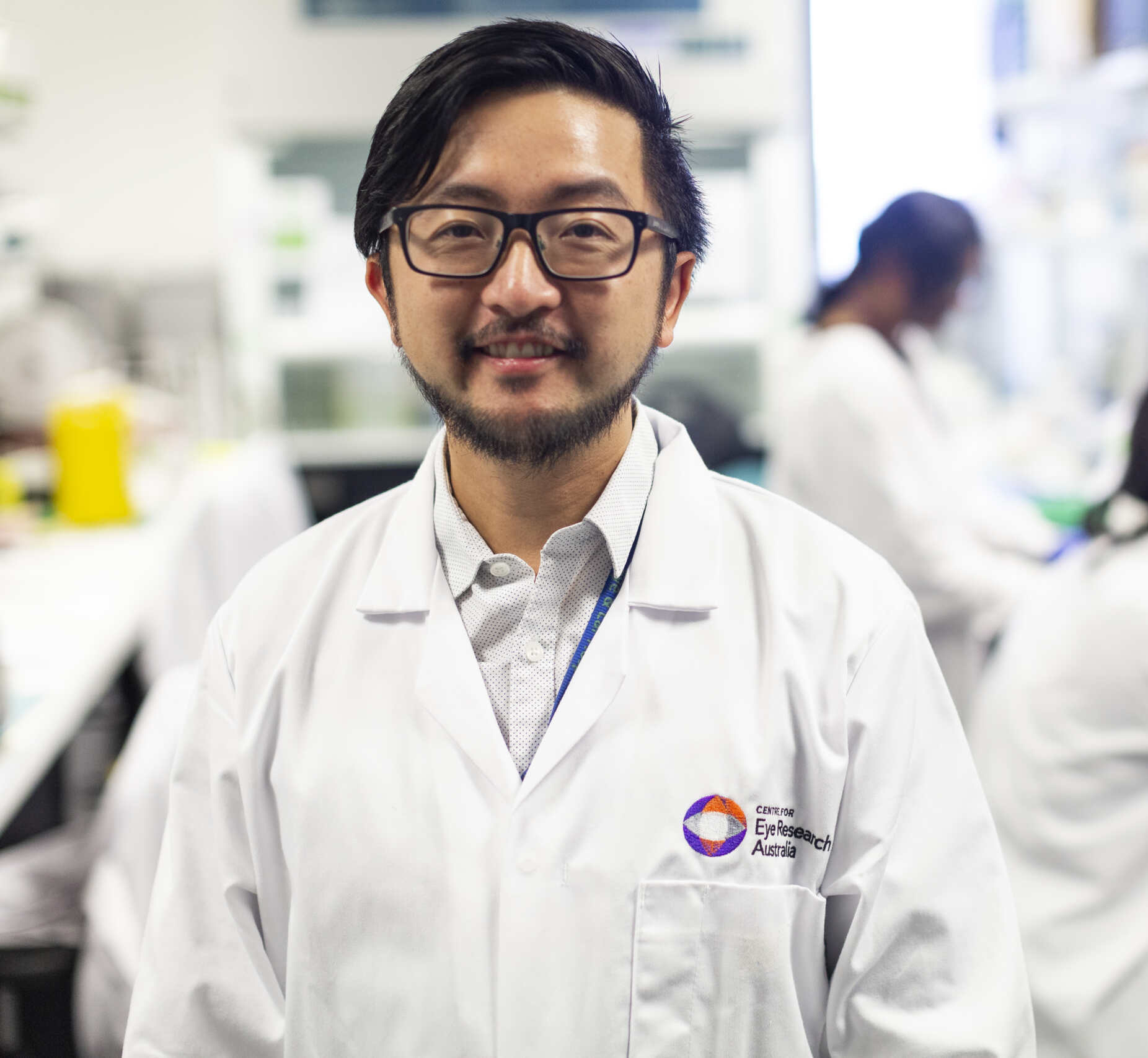18 July, 2023
Hot Off The Press
iPSC (induced pluripotent stem cells) can be engineered to produce a protein called glial cell line-derived neurotrophic factor (GDNF), which helps sustain diseased neurons whether they are causing Retinitis Pigmentosa or other neurodegenerative diseases. If we can keep the diseased neurons healthier for longer, then we can slow disease progression. Researchers are even looking at reprogramming the patient’s own red blood cells to make GDNF.
A new study shows that total RPE65 protein levels in mice with autosomal dominant retinitis pigmentosa were doubled following subretinal delivery of adeno-associated virus (AAV)-RPE65 gene supplementation.
The illustrations in this new trial French book are tactile with sounds associated. This is particularly useful for children who have never had any vision for whom the usual illustrations are difficult to interpret.
It has now become possible to attach drugs to common proteins in the eye for slow release instead of using an implantable device or injections. Artificial Intelligence has been used to find the most useful peptide (string of amino acids) which can attach the therapeutic drug to an intraocular protein. This study attached the drug brimonidine to melanin which is commonly found in the eye, with some success.
This has potential use for glaucoma and macular degeneration.
Making use of the large databank in Moorfields Eye Hospital in the UK, and the use of AI has managed to predict IRD diagnoses with over 70% accuracy already in a study. The researchers are talking about potentially using the data in routine screening CT scans to help early diagnosis in the future. This method uses the physical characteristics or (phenotype) rather than the genotype for diagnosis.
Guest writer – Dr Catherine Civil
My name is Dr Catherine Civil. I have been associated with Retina Australia since the early 2000s. At that time, they were called WARPF, or the WA Retinitis Pigmentosa Foundation. WARPF were raffling a car in a shopping centre, and it caught my eye because my dad and my uncle both had Retinitis Pigmentosa. Being a doctor and a parent, I had a particular interest and awareness, not just of the disease, but of the fact that there was a significant risk that I or my children or my relatives might have inherited it.
I turned up at an AGM and found myself on the Board and engaged in fundraising. I spent several years on the Board and met some wonderful people, and I was even Chairman for a couple of years. When I left, I started writing the “Hot off the Press” research update column for the newsletter.
I arrived from the UK in the early 1990s with my husband and twin baby girls to live in Perth for a year for a bit of sunshine and fun, and we find ourselves still having fun in WA 30 years later, and with a grown son as well.




